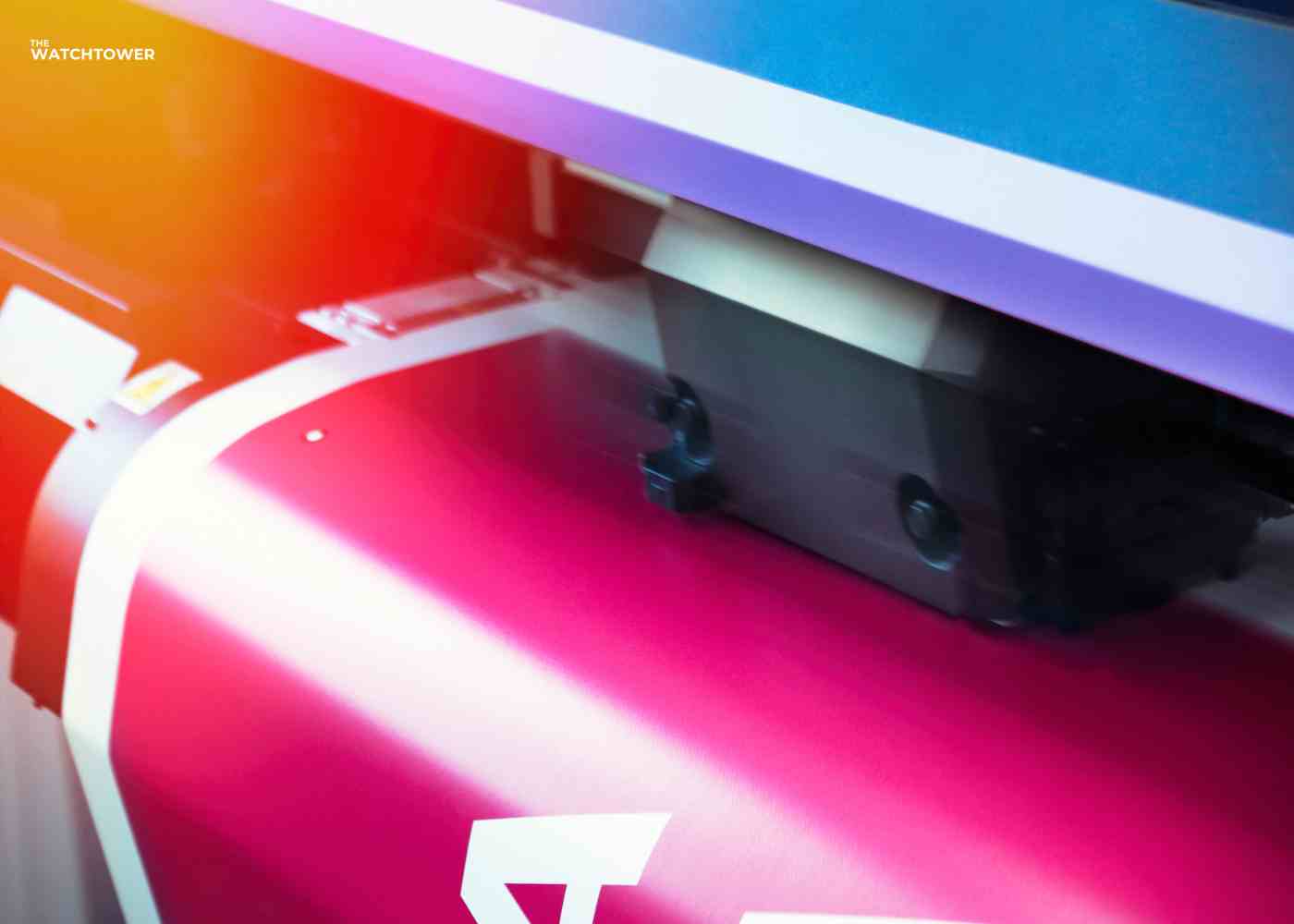
In the United States, mortgage demand has risen, both to a surge in home buying during the COVID-19 pandemic and low-interest rates that have made refinancing enticing in recent years. Even if interest rates rise, the buying market is anticipated to be strong for banks, non-bank lenders, and mortgage sector investors. According to the Mortgage Bankers Association, the industry is expected to originate more than $2.5 trillion in the next three years, which is at least 40% higher than the average annual originations from 2010 to 2019.
In the meantime, the mortgage sector has been increasingly integrating technology to expedite the front-to-back process of obtaining a mortgage, intending to improve the customer experience. Investors can help to improve loan origination, processing, underwriting, and servicing, as well as increase consumer access to home-financing and home-buying services.
Investors seeking to improve the borrower experience in this rapidly changing landscape should be aware of recent industry changes, as well as which aspects of the mortgage process can be improved further and what the next prospective innovations are.
1. More aspects of the mortgage process are becoming automated
Thanks to third-party technology and data suppliers. Many large bank and nonbank lenders have invested in proprietary or third-party technology to help with a variety of operations over the last five years. Front-end platform modernization, workflow management, document extraction and management, income and asset verification, employment verification, title verification, appraisal management, e-closings, automated compliance, and decisions are just a few of the numerous steps that have been addressed.
These technological solutions are intended to improve the entire client experience while speeding up the mortgage application process and lowering lender costs.
Despite these accomplishments, there are still obstacles to overcome. Even though there is potential to automate more than half of the jobs across front-to-back processes, we find that many mortgage originators still engage in labour-intensive and repetitive fulfilment and servicing.
2. The market share of nonbank lenders continues to expand
For years, nonbanks have increased their percentage of total originations. Nonbank lenders were responsible for almost half of total originations five years ago, and over 60% two years ago. Nonbank lenders will account for roughly 70% of all mortgage originations by 2020. A few outperforming nonbanks with a strong digital emphasis and a differentiated value proposition have been driving this rise.
3. Digital platforms are being introduced by next-generation sub servicers, which are more efficient
Two dynamics are projected to fuel double-digit yearly growth in the mortgage-subservicing sector in the United States during the next two to three years:
- New lenders and owners of mortgage-servicing rights (for example, nonqualified mortgage, or non-QM, lenders; digital attackers; and private investors) may not have internal servicing skills and will outsource to keep their mortgage-servicing rights.
- Higher regulatory scrutiny and the problem of default servicing are driving a bigger shift away from in-house servicing and toward outsourcing in the market (which can cost five times as much as servicing a performing loan and requires niche expertise). Furthermore, the capital-intensive nature of the maintenance business often works as a deterrent for conventional servicers and smaller firms to enter the market.
As a result, over the last two to three years, digital-first subservicers have gained popularity for their ability to employ technology and behavioural science to improve efficiency, improve the client and end-borrower experience, promote retention, and reinforce compliance.
Mortgage borrowers can use a well-designed digital interface to get information about their loans, make accurate payments, upload or receive documents, and engage with subservicers in real-time. We expect digital-first sub servicers' market share to continue to increase.
4. Home-buying services, such as mortgages, are being bundled by businesses
Property buyers will soon be able to shop for a home, get a mortgage, get a warranty and inspection, title and escrow services, movers, and homeowner's insurance all in one place, according to real estate brokerages and mortgage lenders. A few firms have been working to make this vision a reality over the last two years, either by developing new products in-house or by purchasing or collaborating with suppliers.
5. Mortgage lenders that are not qualified to lend are re-entering the market.
As loan requirements became more stringent and funds availability decreased in the wake of the COVID-19 outbreak, lenders stopped accepting non-QM applications. However, as the economy has recovered from the pandemic this year, liquidity has returned to the non-QM market, prompting lenders to reintroduce non-QM underwriting. Non-QM liquidity is critical in increasing consumer access to mortgages by giving options to customers whose income or other financial characteristics prevent them from qualifying for regular lending programs.
Final Word:
Hundreds of millions of dollars have already been invested in enterprises in each of the above categories, causing digital acceleration in the mortgage market. We anticipate various novel mortgage-product offers and technological solutions to emerge, with the most successful ones garnering widespread adoption, given the industry-wide push for action to provide a superior customer experience and produce long-term efficiencies.
Investors who are aware of the trends discussed in this article will be in the greatest position to spot and act on opportunities to improve the mortgage consumer experience in the United States.




















Comments (0)
Write a Comment